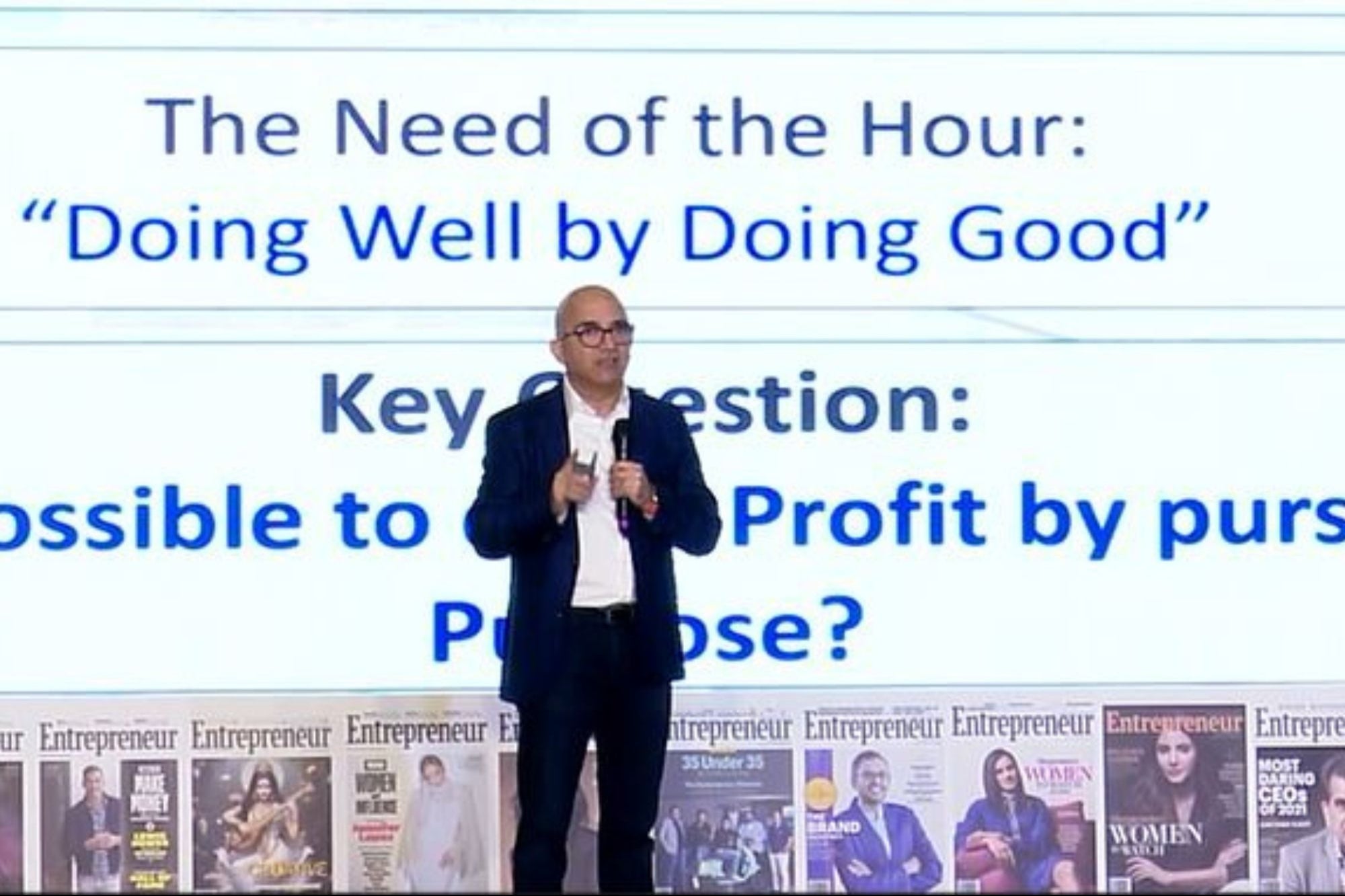The E-Commerce Opportunity in Southeast Asia No One is Talking About The rapid expansion of consumer trust for buying online is providing digitally-native brands with direct-to-consumer business models the opportunity to grow throughout the region
By Jack Farrell •
Opinions expressed by Entrepreneur contributors are their own.
You're reading Entrepreneur Asia Pacific, an international franchise of Entrepreneur Media.

Whether it's Lazada, Shopee, Qoo10, Tokopedia, Amazon or Bukalapak, Southeast Asia's online marketplaces dominate e-commerce headlines across the region. After talking with Hian Goh, the co-founder and general partner at Openspace Ventures, he shared that over the last decade, these groups have spent billions of venture capital dollars on not just growing their brand, but also on educating Southeast Asian consumers on the value and the concept of e-commerce.
The completion of three fundamental components formed the basis of Southeast Asia's next big e-commerce opportunity: digitally-native brands, or as I call them, the "e-commerce pillars of enablement".
Cost-friendly, Internet-connected device. In 2010, the average price of an Android phone was $441. The high price was an extreme deterrent, given the relatively low average household income across Southeast Asia. By 2016, the average price dropped 53 per cent to $208, allowing more people to use the Internet in their daily lives.
Consumer trust buying online. By the end of 2015, retail e-commerce sales in Southeast Asia for the six largest markets crossed the $10 billion-dollar mark for the first time, proving consumers' willingness to transact over the Internet.
Reliable logistics. In 2016, Southeast Asia's third-party logistics providers and facilitators (think Ninja Van, aCommerce, and DHL Ecommerce) successfully penetrated Southeast Asia's six largest markets.
With these three growth facilitators in place, e-commerce in Southeast Asia is hitting an inflection point and is projected to grow to $88 billion by 2025. The rapid expansion of consumer trust for buying online—combined with Southeast Asia's infatuation with social media (894 million of Facebook's 2.2 billion monthly active users are in Asia-Pacific)—is providing digitally-native brands with direct-to-consumer business models the opportunity to grow throughout Southeast Asia.
Some brands are already poised to make a move. Allbirds, a San Francisco-based footwear brand that launched online in 2016 and already with a valuation of $1.4 billion, only ships to five countries (the US, New Zealand, Canada, and the UK). But in the past two days alone, the company has been tagged in pictures on Instagram all around the world, including in South Korea, Portugal, Malaysia, and Japan. This brand, along with other digital natives, is resonating with the younger consumer because they embody the global millennial ideals of connectivity, flexibility, and social impact. In a world where everyone is connected through social media, a millennial living in Kuala Lumpur is more similar to another millennial living in New York City than their counterparts were earlier.
The digitally-native brands that are poised to succeed in this new, millennial-driven world are those that successfully address the cognitive dissonance of the millennials by introducing a "higher-level meaning" into their products. Allbirds appeals to millennials in part because they have sustainability built into the company's brand identity. This helps their buyers rationalize buying a $95 pair of shoes because they feel like they are also doing good for the environment when purchasing relatively expensive footwear.
This purpose-first messaging is working in Southeast Asia as digitally-native brands are finding their way to the region. But given the cultural differences existing in Southeast Asia versus the Western world, some entrepreneurs are starting to build successful local brands by addressing regional aspirations and local cultural nuances.
Goh, a native of Singapore, specifically identified three areas where local brands are successfully leveraging strong cultural knowledge and awareness:
Women's empowerment. Southeast Asia lags behind other parts of the world in gender equality, so local brands (like Singapore's Love, Bonito and Indonesia's Wardah) are popping up with the explicit goal of empowering women across the region.
Frugal shopping. Getting a good deal (or the perception of one) goes a long way in Southeast Asia, as indicated by the growth of Singapore's IUIGA and Malaysia's Fipper.
Healthy living. Living long and healthy lives is a huge aspiration for locals, and brands that put that front and centre (such as Singapore's Grain and Malaysia's Amazin' Graze) are capturing market share.
It is an exciting time in Southeast Asia with the "e-commerce pillars of enablement" in place and the new opportunities they have opened across the region for new e-commerce businesses. In the months and years to come, the hottest digitally-native brands from abroad will continue to make their way to Southeast Asia, but culturally-relevant local entrepreneurs will be fighting for market share alongside them. The race for impact is on.













